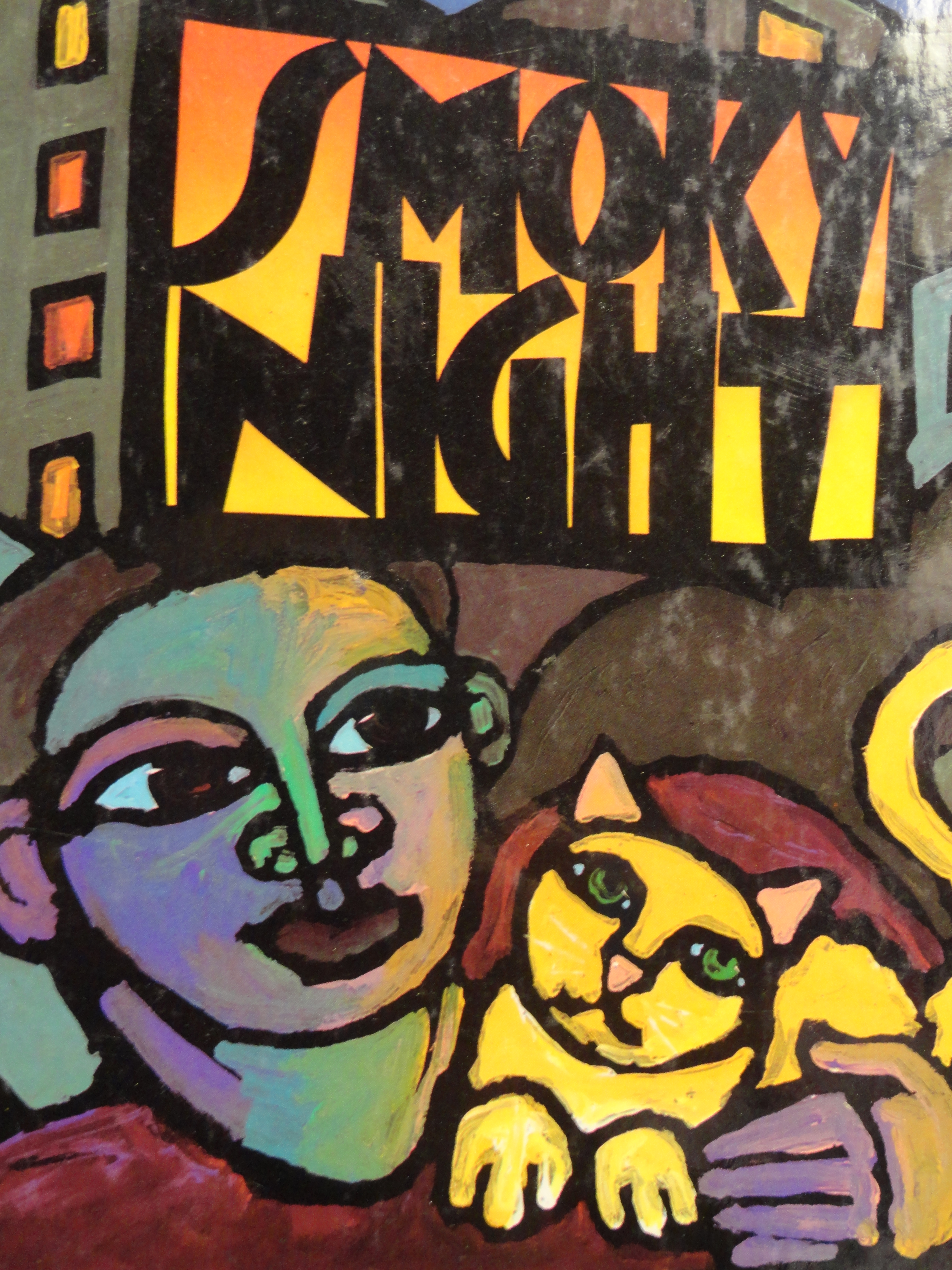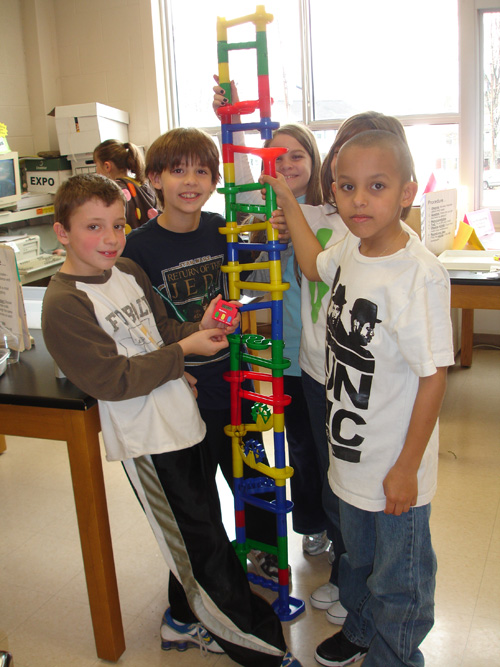 Working cooperatively has been shown to be a highly effective teaching strategy in the classroom. Results from numerous research studies have shown improvement in academic performance, behavior, motivation, attendance, thinking skills, and peer relationships with those who are different from them.
Working cooperatively has been shown to be a highly effective teaching strategy in the classroom. Results from numerous research studies have shown improvement in academic performance, behavior, motivation, attendance, thinking skills, and peer relationships with those who are different from them.
According to Roger and David Johnson of the Cooperative Learning Center, an effective cooperative activity has the following components:
- Interdependence: Has a built-in way to reward students for helping and encouraging each other.
- Independence: Everyone is responsible to learn and contribute to the group.
- Interaction: Provides opportunities for students to share and help each other.
- Social skill development: Social skills are taught and practiced.
- Accountability: Has built-in ways for participants and groups to see they are making progress and working together effectively.
Sounds easy. But in fact, designing activities that fully incorporate all these elements is tricky. Many lessons masquerade as cooperative. Just sitting in a group is not enough. Just being told to work with others is not enough. The key to effective cooperative activities is to have a passion or deep need.
Think about the times people really cooperate with each other, such as during times of crisis. After a storm, neighbors pitch in to help those who suffered damage. No one tells them what to do. Someone sees the problem and starts working at it. Perhaps, a tree has come down and out comes a chain saw. Someone else sees a way to help them and joins in carrying away the branches. Others see ways they can help and take on different tasks. Some gather up scattered belongings. Some hug and console the victims. Each person does what he or she is most capable of doing, and whatever it is, is accepted and cherished. When they are done, each person knows they have contributed and made a difference. This is true cooperation.
 When noted children’s book author Eve Bunting wrote the picture book Smokey Night, many teachers hesitated to use it, despite the fact that it won a Caldecott award. After all it is set during the Los Angeles riots of the 1990s. However, the story, told from the point of view of a scared young child, is not about the riots, but about how neighbors who had held prejudiced beliefs about each other came together to cooperate in making sure everyone got to safety and in the process learned to trust and respect each other. It is about true cooperation and what is learned in the process.
When noted children’s book author Eve Bunting wrote the picture book Smokey Night, many teachers hesitated to use it, despite the fact that it won a Caldecott award. After all it is set during the Los Angeles riots of the 1990s. However, the story, told from the point of view of a scared young child, is not about the riots, but about how neighbors who had held prejudiced beliefs about each other came together to cooperate in making sure everyone got to safety and in the process learned to trust and respect each other. It is about true cooperation and what is learned in the process.
 So how do we teach people to cooperate? We create opportunities based on their passions and needs. For young children we might put out a bin of K-Nex or blocks or Legos and ask what is the tallest tower or strongest bridge that can be built from them. For older children we can share local stories about people or groups who need help or ask them about problems they see in their school and set about making a difference. As adults and parents we should not wait for a tragedy to strike. Instead, we can be pro-active and find a cause we are passionate about, involve our whole family, and contribute what we are capable of.
So how do we teach people to cooperate? We create opportunities based on their passions and needs. For young children we might put out a bin of K-Nex or blocks or Legos and ask what is the tallest tower or strongest bridge that can be built from them. For older children we can share local stories about people or groups who need help or ask them about problems they see in their school and set about making a difference. As adults and parents we should not wait for a tragedy to strike. Instead, we can be pro-active and find a cause we are passionate about, involve our whole family, and contribute what we are capable of.
How will you foster cooperation in your children? In yourself?



Very nice post about cooperative learning, thank you!
Too often cooperation in classrooms get stifled by competitiveness of the educational culture/environment. I think one more component is important for successful implementation of cooperative classroom practices: feedback. It is kind of built in to interdependence and accountability, but openly communicating about the process and progress with verbal, informal feedback strengthens students’ positive attitude towards cooperation. This, of course, requires a highly functional level of sincere communication, where students’ individual strengths are recognized.
I have successfully used the feedback strategy to reinforce the cooperation in classroom situations where students are asked to find the classmate who will be most beneficial in carrying out the cooperative project – and had students with learning problems been begged to be in this and that group, because of some special skills they have. To me this is truly functional diversity, but it requires an emotionally safe classroom environment. http://notesfromnina.wordpress.com/2013/04/07/cooperation-vs-competition/
~Nina
This is an excellent way to foster cooperation over competition. When we work in groups we need to understand individual differences and value those in assigning appropriate tasks to each. To do this we need to make sure that every contribution no matter how big or small helps. This is so different from having everyone competing for the same job, trying to be the best.